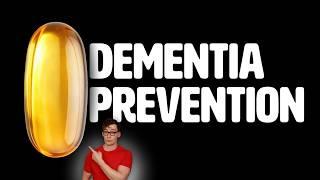
Are you aging faster than you should be? Find out.
Physionic
Jun 9, 2025
Mindsip insights from this episode:
Aim for balance targets by decade for optimal health
Healthy adults under 60 should aim for over 40 seconds on the one-legged balance test, while those in their 60s average 32 seconds and 70s average 21 seconds.
Estimate your neuromuscular age through balance testing
You can estimate your neuromuscular age by comparing your balance test result to the average for your age group; a better score suggests a younger neuromuscular age.
Perform balance test barefoot on firm flooring for accuracy
For an accurate result, the balance test must be performed on firm flooring while barefoot or wearing thin socks.
Perform balance test three times and use best result for accuracy
To accurately perform the balance test, you should do it three times and use your best result for comparison, not the average.
Prioritize unilateral pedal stance test over grip strength for aging assessment
The unilateral pedal stance test is a more sensitive measure of biological aging than common tests like grip or knee strength.
Assess balance through neuromuscular, vestibular, and proprioceptive systems
This balance test assesses the combined function of your neuromuscular, vestibular (inner ear), and proprioceptive (joint sense) systems.
Address balance decline after 50 to prevent neuromuscular issues
Data shows a rapid decline in balance performance starting in the 60s, after remaining relatively stable for people up to their 50s.












